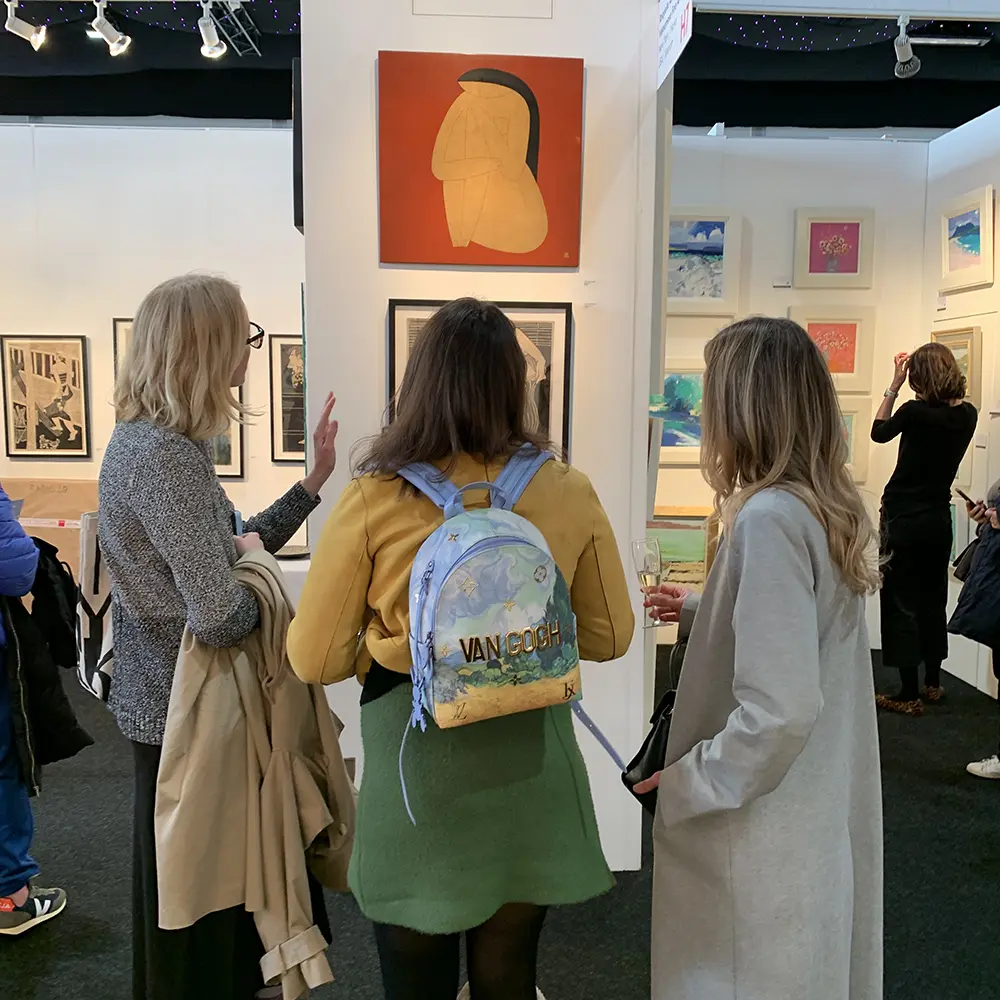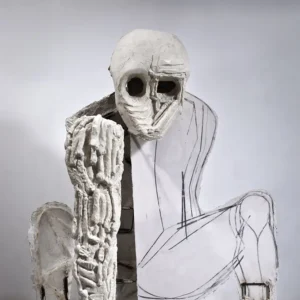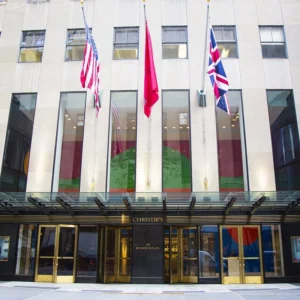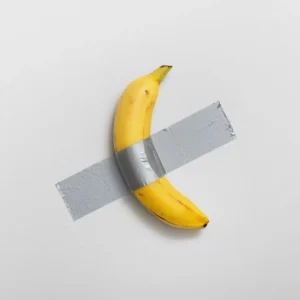Christie’s CEO, Guillaume Cerutti, shared with CNBC that the art market has recently softened due to global economic challenges and conflicts. Nonetheless, he remains optimistic about a potential recovery in the coming months, emphasizing the market’s cyclical nature.
Since mid-May 2023, there has been mild optimism about a potential rebound in the art market, but no strong reasons to expect significant change. While sentiment and psychology play roles in driving the market, they alone can’t trigger a recovery.
In the US, there are some positive indicators. On 18 September, the Federal Reserve cut interest rates by 0.5%, exceeding expectations, following a drop in inflation to its lowest level in over three years at 2.6% in August. This move offers some hope for market improvement.
The November presidential election is unlikely to impact the art trade, as the stock market has consistently risen since 2013, regardless of party control. In contrast, the UK faces a challenging outlook, with potential millionaire exits due to higher taxes, which could affect the art market.
China’s growth has been declining, worsened by a youth unemployment crisis and a 26-year low in foreign direct investment as of Q2 2023. For a full art market recovery, buyers and sellers in at least two of the three major markets (US, UK, China) must engage confidently. Otherwise, recovery will be modest.
Major galleries and auction houses are restructuring their operations and workforces to protect profits while expanding in new directions.
Sotheby’s, owned by billionaire Patrick Drahi, is consulting on 50 job cuts in London while reportedly delaying payments to art shippers and conservators by up to six months. Despite this, the auction house has spent tens of millions renovating luxury spaces in Paris and Hong Kong, with sales in Hong Kong postponed from September to November.
White Cube has undergone significant internal changes, with Sam Johnson, a former investment banker, appointed as chief executive in November 2023 during a period of growth for the gallery. Over the past five years, the gallery has nearly doubled in size, opening new locations in New York, Seoul, and Paris, and increasing its online and secondary market activities.
White Cube has made cuts by replacing all 38 London invigilators—mostly artists and students—with security guards. While 13 of the former invigilators continue casual work and five received fixed-term or permanent contracts, multiple ex-invigilators expressed concerns. They were told the shift follows a broader trend in galleries.
Hauser & Wirth has reduced public hours at its Bruton, Somerset gallery to focus on educational activities, dedicating Tuesdays and Wednesdays to school and group visits. While prioritizing students, the gallery also welcomes museum patrons, curators, and collectors, noting that these dedicated days enhance the experience for all visitors.
Galleries are reassessing their digital strategies after investing in online viewing rooms during the pandemic. David Zwirner recently restructured its digital team, resulting in a 3% reduction in the overall workforce, although a spokesperson attributed the changes to completing a custom-built database and replatforming the gallery’s website.
Pace Gallery has also scaled back selectively, including two departures from its web3 division, Pace Verso, due to decreased artist interest in blockchain projects. Additionally, three senior directors left the gallery over the summer.





